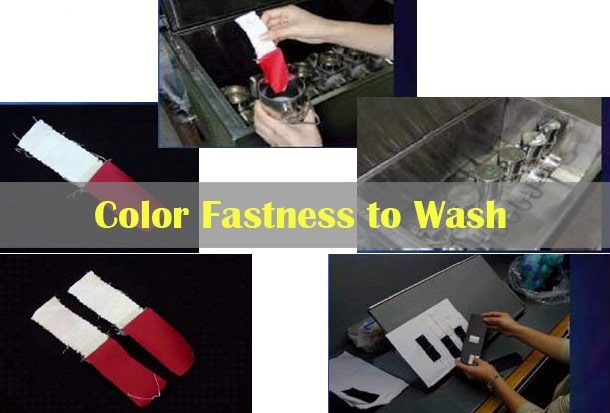
NewsInformation Center
Comparative analysis of color fastness to washing and color fastness to sunlight
2023/06/28
Color fastness to washing and color fastness to sunlight are important indicators for evaluating the color stability of dyes or pigments under different environmental conditions. The following is a detailed explanation of the comparative analysis of these two indicators:
1. Color fastness to washing:
Color fastness to washing refers to the color stability of a dye or pigment in the washing process. It evaluates whether a dye or pigment will fade or bleed to other fabrics upon exposure to factors such as water, detergents and mechanical abrasion. The color fastness to washing is usually evaluated using the international standard ISO 105-C06, which simulates actual use under different washing conditions.
2. Color fastness to sunlight:
Color fastness to light refers to the color stability of a dye or pigment when exposed to sunlight. It evaluates whether a dye or pigment will fade or change color when exposed to sunlight. Colorfastness to light is usually assessed using the international standard ISO 105-B02, which simulates actual use under different light exposure conditions.

Comparative analysis:
1. Test method: The test methods for color fastness to washing and color fastness to sunlight are different. The color fastness to washing test mainly involves the washing process, while the color fastness to light test mainly involves sunlight exposure.
2. Influencing factors: Color fastness to washing is mainly affected by factors such as water quality, detergent, temperature and mechanical wear; color fastness to sunlight is mainly affected by factors such as sunlight intensity, ultraviolet radiation and the UV resistance of pigments or dyes Influence.
3. Application fields: Color fastness to washing is mainly applicable to products such as textiles, clothing, and home textiles that need to be washed frequently; color fastness to sunlight is mainly applicable to outdoor products, automotive interiors, outdoor furniture, etc. that need to be exposed for a long time Products under the sun.
4. Evaluation criteria: The evaluation criteria for color fastness to washing and color fastness to sunlight are different. The color fastness to washing is usually evaluated using a rating system, such as 1-5 grades, the higher the grade, the better the color fastness; the color fastness to sunlight is usually evaluated by the fading value, and the lower the value, the better the color fastness.
To sum up, color fastness to washing and color fastness to sunlight are important indicators for evaluating the color stability of dyes or pigments, and they differ in terms of testing methods, influencing factors, application fields, and evaluation standards. When choosing dyes or pigments, it is necessary to comprehensively consider the results of these two indicators according to the specific use environment and needs.
Previous: The correct steps for using the mask field of view tester instrument
N e x t : How can I ensure accurate MFI results?



